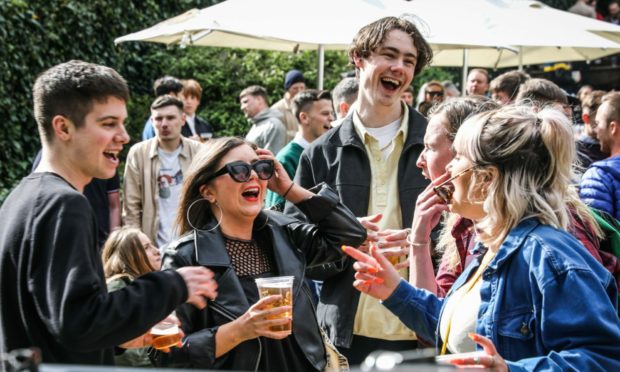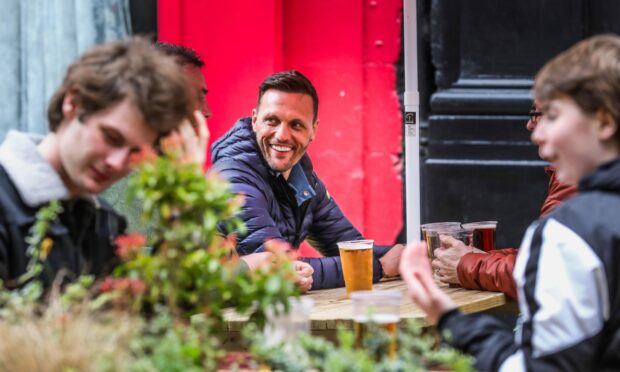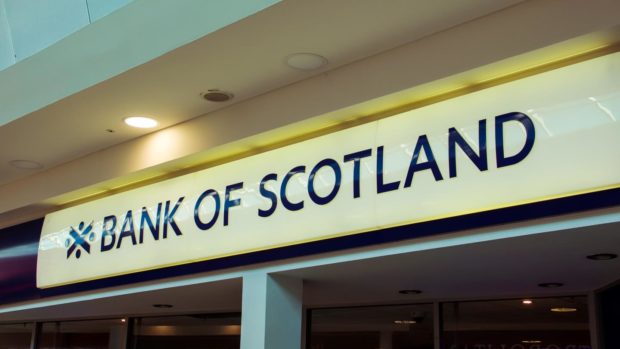The Covid-19 pandemic has taken its toll on young people – but their financial health has never been better.
More than half of young people in Scotland are upbeat about their money prospects after the Covid-19 pandemic.
That is the findings of of new research from the Bank of Scotland.
A survey of more than 2,100 people aged between 18 and 34 has shown 52% of people are optimistic about what the future holds for them financially.
Only one in four people of the same age feel pessimistic, the research shows.
Covid affects confidence about finances
Though the overall picture is positive, the effect of the Covid-19 pandemic has taken its toll on the financial outlook of young Scots.
Nearly half of those surveyed (48%) say their view has deteriorated because of the pandemic, while only one in 10 feels more positive about money.
Fife, Mid and Central Scotland have the highest levels of post-Covid optimism around finances.
In each area, one in seven surveyed said they felt better about their financial future since lockdown.
A ‘reassuring’ picture
Bank of Scotland director Pete McCarthy said: “It’s clear that the pandemic has taken its toll on our young people with almost half saying they are less positive than they were.
“It’s reassuring to see that the overall picture remains one of a positive financial outlook.
“The cost of things like saving for a first home, getting married, or starting a family could seem even more overwhelming after the difficulties of the last year.
“With the ability to meet major milestones some of the areas of future financial concern, it’s a good indication that young people are thinking about their financial priorities.
“Taking action to achieve these, such as breaking down long term aims into shorter term budgeting and saving goals, is an important step in helping people feel comfortable and confident in managing their finances.”
Planning for the post-Covid future
The study showed three main financial concerns – being able to do more than just make ends meet, having enough money in retirement, and being able to afford a house.
A lack of affordable homes and a lack of jobs were the two biggest barriers to a secure future for young people.
On average, 18 to 34-year-olds have £2,736 in savings compared to a UK average of around £8,000.
A third have over £5,000 tucked away, but 15% have no savings at all.
Young men have roughly 10% higher average savings than women (£2,874 vs £2,612).
The men of the Lothians have the biggest nest eggs: £2,982. The women in the Highlands and Islands have the least saved: £2,092.


